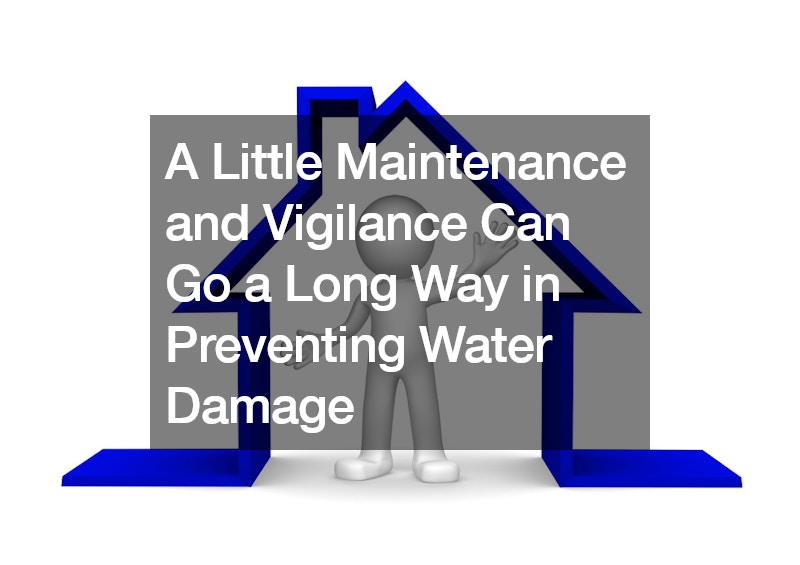

A dry basement is essential for a healthy, comfortable home. Water problems in the basement can lead to serious issues like mold growth, structural damage, and unpleasant odors. Fortunately, there are effective strategies you can implement to keep your basement dry and safeguard your home. Here are six foolproof ways to ensure your basement remains dry and free from water damage.
1. Proper Sump Pump Discharge
Your sump pump is a critical component in keeping your basement dry, but it’s only effective if it’s properly maintained and installed. The primary function of a sump pump is to remove excess water from the basement and direct it away from your home.
To maximize its effectiveness, ensure the discharge pipe is properly directed away from the foundation.
The discharge should ideally be directed to a drainage area or street that allows water to flow away from your home. If the discharge is allowed to pool near the foundation, it can lead to water seeping into the basement. For optimal results, extend the discharge pipe several feet from the house and avoid any obstructions that could redirect the water back toward the foundation.
2. Ensure Proper Soil Slope Around Your Home
One of the simplest yet most effective methods to prevent basement water problems is ensuring proper soil grading around your home. The ground surrounding your foundation should slope away from the house to facilitate the drainage of water.
To check the slope, use a level or a simple measuring tool to see if the soil falls away from the foundation as it should. If you notice that the soil has settled or created depressions over time, it may allow water to pool near the foundation, which can lead to basement leaks. To correct this, add soil to reestablish the slope and ensure that water flows away from the house.
3. Maintain Window Wells and Install Covers
Window wells are essential for providing natural light and emergency exits for basements, but they can also be a potential entry point for water if not properly maintained. To prevent water from entering through window wells, make sure that they are at least a few inches above the surrounding soil level.
Regularly inspect window wells for any debris, such as leaves or branches, that could obstruct water flow. Installing a well-fitting window well cover can also help keep debris out and guide water away from the basement. A good cover will slope outward, directing water away from the window well and preventing potential leaks.
4. Keep Gutters and Downspouts Clean
Gutters and downspouts play an important role in directing rainwater away from your home’s foundation. Clogged gutters can cause water to overflow, which can lead to foundation damage and basement leaks.
Regularly clean your gutters and downspouts to remove leaves, twigs, and other debris. Consider installing gutter guards to minimize future debris buildup and reduce the frequency of cleaning. Make sure downspouts extend away from the foundation to direct water into appropriate drainage areas, which helps prevent water from pooling near the base of the house. For comprehensive maintenance, you might want to hire gutter cleaning services to ensure that all aspects of your gutter system are functioning effectively and prevent potential water damage to your basement.
5. Address Soil Shrinkage Around the Foundation
Soil shrinkage can be a hidden cause of basement water problems. During dry periods, soil around the foundation can shrink and create gaps that allow water to seep into the basement. To prevent this, maintain consistent soil moisture levels around your home.
A simple and effective method is to use a soaker hose or sprinkler system to keep the soil evenly moist. Avoid using dry soil to fill in gaps around the foundation, as this can lead to further issues. Instead, maintain a uniform moisture level to ensure the soil remains firmly packed and doesn’t create pathways for water to enter the basement.
6. Check and Repair Patios and Sidewalks
Outdoor surfaces like patios and sidewalks can also impact basement water levels. If these surfaces are improperly graded or have settled over time, they can direct water toward the foundation instead of away from it.
Regularly inspect these surfaces for any signs of improper drainage or settling. If you find that patios or sidewalks are sloping towards the foundation, you may need to adjust the grading or add new soil to correct the slope. For concrete surfaces, mud jacking or concrete lifting can be used to adjust the slope and redirect water away from the foundation.
Final Thoughts
By following these six foolproof methods, you can effectively manage water around your home and keep your basement dry. A little maintenance and vigilance can go a long way in preventing water damage and ensuring a safe, dry environment in your basement.
.



